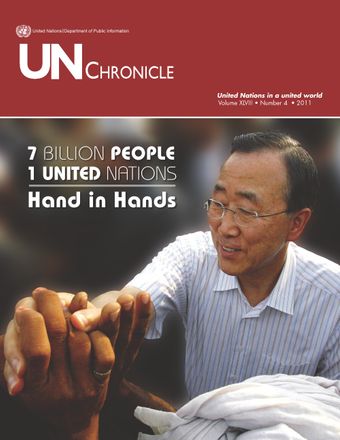-
Improving UN responses to humanitarian crises
- Source: UN Chronicle, Volume 48, Issue 4, Dec 2011, p. 30 - 33
- French
-
- 31 Dec 2011
Abstract
In the aftermath of the Second World War, the creation of the United Nations and documents such as the Universal Declaration of Human Rights, the Genocide Convention, the four Geneva Conventions of 1949, and their Additional Protocols, as well as concepts such as responsibility to protect (R2P), have transformed international law and the basis for how states must conduct international relations. Yet, as David Rieff, who has covered several wars and humanitarian emergencies, remarks in his book A Bed for the Night: Humanitarianism in Crisis, the “murderous twentieth century remained just as murderous”. In fact, the twenty-first century remains no stranger to humanitarian emergencies: from man-made and natural disasters to wars and revolutions, millions of lives remain at risk. Today, world politics is testing many of these laws and humanitarian relief work in unforeseen ways. At the same time, the Internet and mobile technologies have provided a means to improve data collection and humanitarian response, which provides the United Nations with an opportunity to play a more dynamic role in how it coordinates and responds to humanitarian emergencies.
© United Nations



